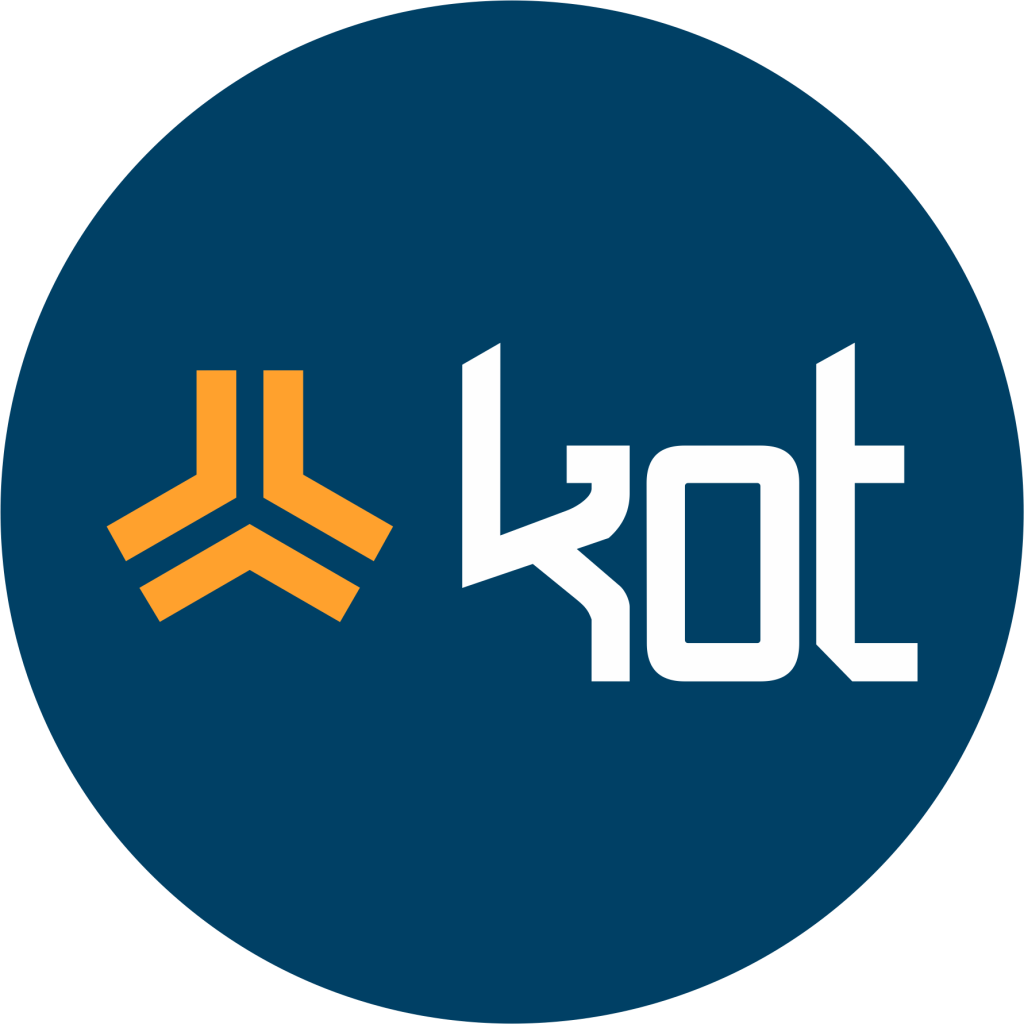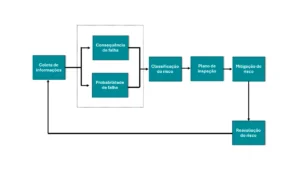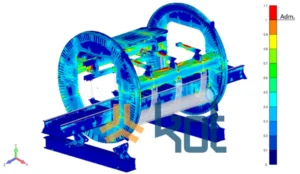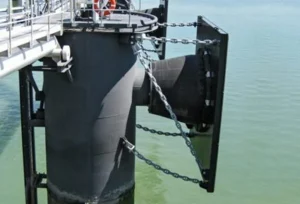Introduction
The monitoring of a structural project can be defined as apeer review of the project, from the definition of the concept of the structure to the detailing. This review should be carried out by an independent and impartial team of specialist engineers, who will provide observations aimed at increasing the safety of the asset. The aim of monitoring is to reduce structural risks by identifying non-conformities and suggesting improvements.
Project monitoring differs from the traditional independent audit(double-check) in that its main objective is not to develop calculation models and regulatory checks independently of the designer. In project monitoring, the designer's criteria, assumptions and calculations are checked and validated by the reviewers.
Dessa forma, o acompanhamento do projeto e a revisão independente são atividades complementares e de grande importância para garantia da integridade estrutural do ativo. O acompanhamento por especialistas é recomendado a todos os tipos de projeto de engenharia, especialmente necessário e benéfico aos projetos de maior importância, por motivos segurança ou riscos econômicos.
Development
The advantages of monitoring structural design
Monitoring the structural design allows non-conformities to be detected and corrected at an early stage, when the main components are defined. This makes it possible to make the necessary modifications and adaptations at a stage when the costs involved are lower.
The team accompanying the project provides assistance in defining the structural criteria so that the objectives set are achieved. In addition, the presence of specialists facilitates the communication of requirements and results between the client and the project team.
During the review, the loads and boundary conditions considered in the structural calculations are checked. In addition to the values, location and direction of the actions, it is also checked whether all the critical conditions for the structure have been taken into account, including unusual situations that have a high impact on the integrity of the asset.
The structure's base plans are also checked as part of the structural design. These plans are input data for the design of the civil foundations and the detection and correction of errors in their calculation and communication provides a safer and more reliable design of the asset.
All these aspects allow for a reduction in the time and resources spent on structural modifications that would possibly only be identified after the asset has been built.
These are examples of typical problems encountered in structural projects during monitoring:
- Underestimating the loads that the structure will bear. For example, using the wrong density when calculating the loads due to material transported in handling equipment;
- Failure to include critical conditions such as loads outside the asset's operating standard (exceptional). For example, loads due to belt jamming on a belt conveyor;
- Dimensioning errors in typical structures that will be manufactured in dozens or hundreds on the same contract. For example, trusses, stringers and supports;
- Failure to take into account the influence of structures adjacent to the calculated structure. For example, the distribution of loads on the wheels of a mobile head can be affected by the rigidity of the beams of the building supporting the equipment;
- Difficulty in technical communication between client and supplier. For example, reduced efficiency in communicating criteria and results when the supplier is foreign, due to language and cultural barriers;
- Incorrect provision of the asset's base plan. For example, neglecting the bending moments acting on rigidly connected bases.
Steps involved in the structural design follow-up process
It is recommended to start the monitoring together with the structural design. The objectives of the structural project and the criteria to be followed, including required standards, should be presented to all parties involved before starting the process.
The project can be monitored through periodic meetings involving the three parties (owner, supplier and reviewer), together with an assessment of the documentation generated at each stage of the structural project. To do this, the supplier must provide documents that allow the project to be understood and evaluated, such as technical drawings, 3D models, calculation memories and base plans. Comments and modifications to the design are made iteratively until the design meets all the defined structural criteria.
Generally, project follow-up does not involve the development of independent models by the review team, but rather an evaluation of the design documentation produced by the asset supplier. This enables comments to be obtained much more quickly than the traditional independent review (which still has to be carried out at the end of the project).
The team carrying out the design review must make this assessment objectively, based on engineering principles and agreed criteria. Therefore, issues of divergence due to design style, which do not represent a gain in structural efficiency for the asset, should not be addressed. [Design Council and ACSE 24].
It should be noted that for the process to work properly, it is essential that there is transparency between the parties involved regarding the calculation methodology used, the design considerations and the results obtained. It is also necessary for the information to be transmitted in a way that is understandable to all parties involved in the project. [Design Council].
Conclusion
O acompanhamento do projeto estrutural é de grande importância para melhoria da qualidade estrutural do ativo e redução de seus riscos. Ele traz ganhos de segurança, tempo e custo para todas as partes envolvidas no projeto por permitir a identificação precoce de pontos críticos para a integridade estrutural do projeto.
A Kot Engenharia possui a experiência e os recursos necessários para fazer o acompanhamento de projetos estruturais, fornecendo uma visão a partir de uma perspectiva diferente das demais partes envolvidas no processo. Como empresa líder no setor, a equipe de engenheiros da Kot pode identificar os pontos fracos e riscos do projeto e propor soluções adequadas a estes problemas.
A Kot Engenharia possui a experiência e os recursos necessários para realizar o acompanhamento de projetos estruturais, como descrito neste artigo. Consulte nossa equipe para mais informações!
Follow our pages on LinkedIn, Facebook e Instagram to keep up with our content.




